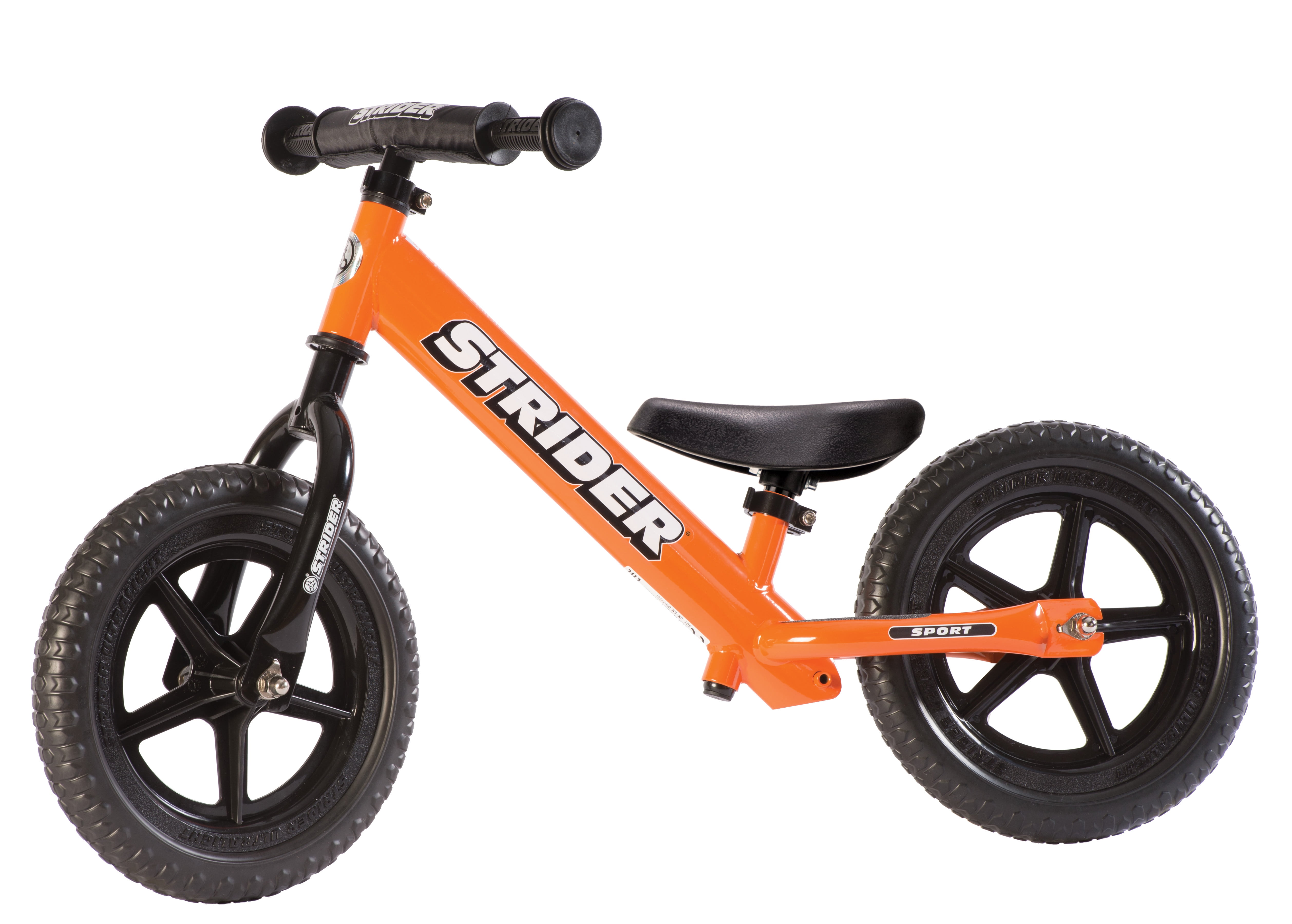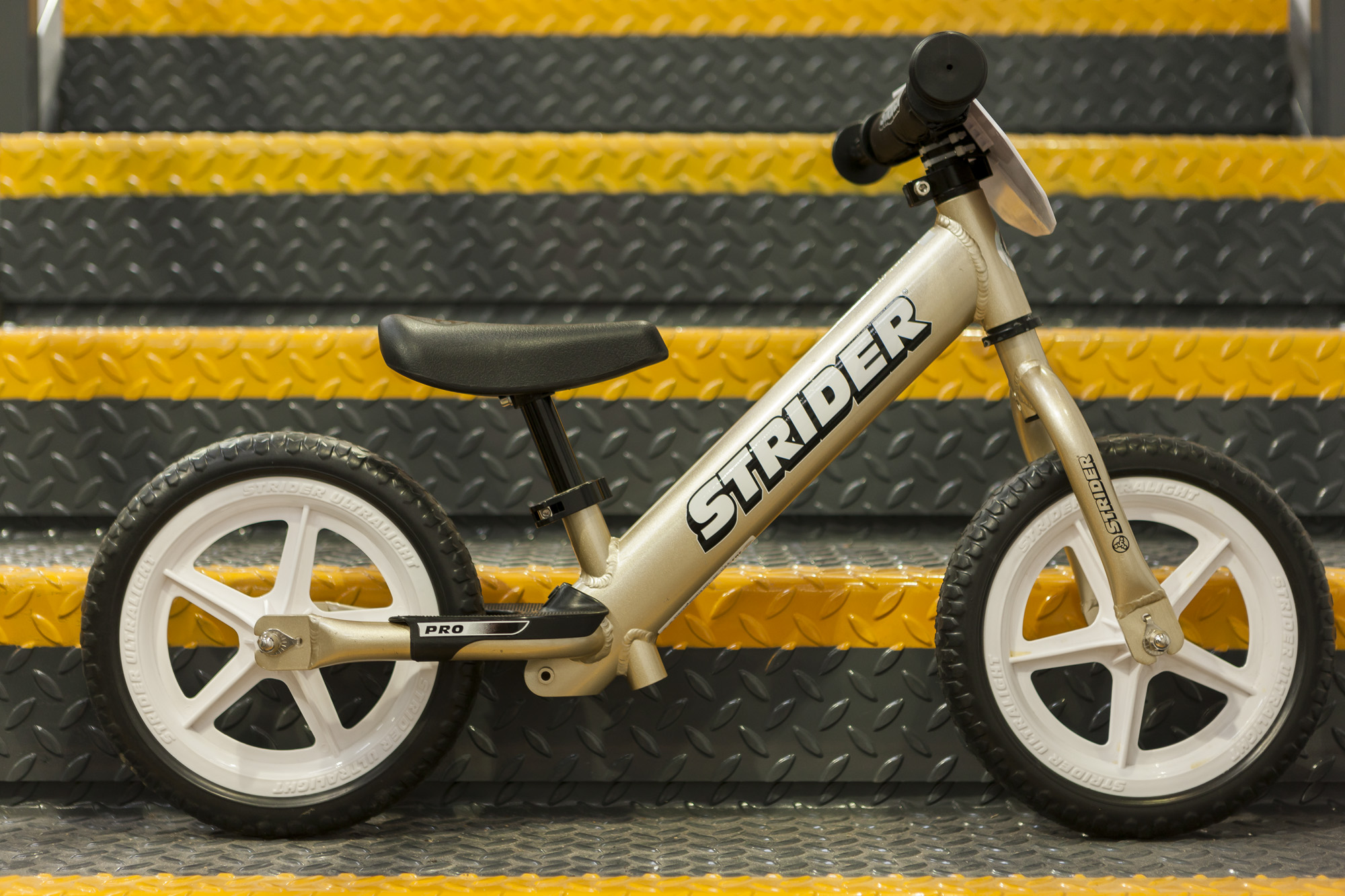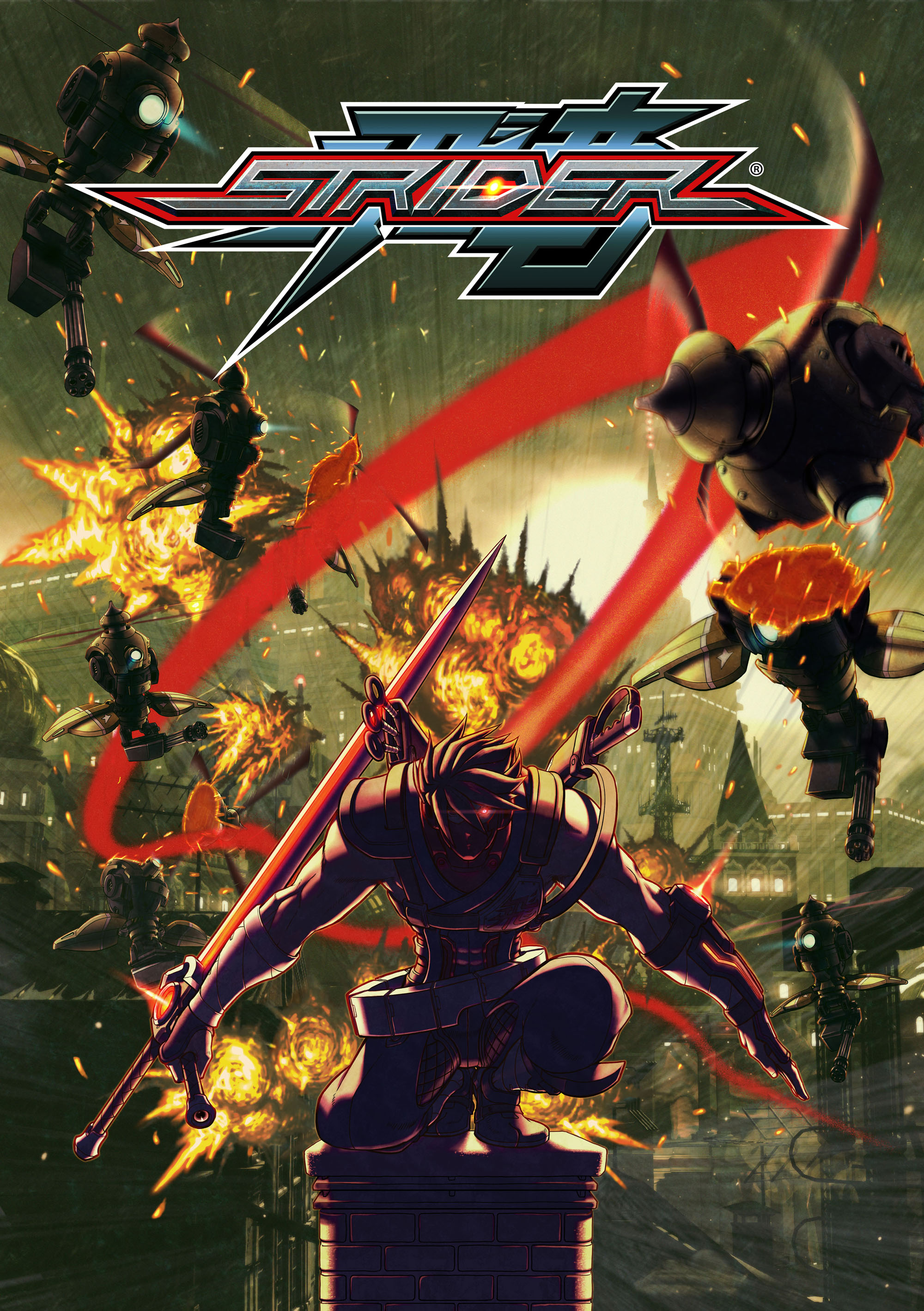Choosing the right bike for your little one can feel like a big decision, can't it? When you're looking at Strider bikes, the Strider 12 and the Strider 14 are two very popular choices, and people often wonder which one is best. Figuring out the key differences between these two models really helps you make a good pick for your child's journey into riding. It's almost like finding the perfect shoe size; it has to fit just right for comfort and learning.
Strider bikes, you know, they really change how kids learn to ride. They focus on balance, which is that main thing you need for riding a bike. Instead of training wheels, which don't actually teach balance, these bikes let your child feel the lean and learn to control the steering right from the start. That, in a way, makes the whole process so much simpler and more natural for them.
We, at Strider, really love seeing kids get on bikes and discover the joy of riding, you know? From tiny tots just starting out to bigger kids ready for adventure, there's a Strider bike that fits. This guide is here to help clear up any confusion between the Strider 12 and the Strider 14, so you can pick the perfect ride for your child, more or less, with confidence.
Table of Contents
Understanding the Strider Philosophy
The Strider 12 Sport: A Classic Start
The Strider 14x Sport: Growing with Your Child
Key Differences: Strider 12 vs 14
Choosing the Right Size: Age and Inseam
Making the Transition to Pedals
Why Balance Bikes Work So Well
Frequently Asked Questions (FAQs)
Final Thoughts on Your Choice
Understanding the Strider Philosophy
Strider has a very clear idea about how kids should learn to ride bikes, you know. Their whole approach is about making it safe, easy, and fun. It's not about complicated gears or trying to keep wobbly training wheels straight. Instead, it's all about balance, which, in some respects, is the most important skill for riding any bike.
This way of learning, it really lets children feel how the bike moves and how their body works with it. They learn to control the bike through steering, using their feet to push off and stop. That, too, builds their confidence really quickly. They get to experience the joy of movement and freedom, which is what riding a bike is all about, isn't it?
The core idea is that balance bikes create a path to pedaling like a pro with zero gaps. You see, kids all over the world are learning how to ride on Strider bikes, and it works. It takes away the need for tricycles or training wheels, which, as a matter of fact, don't teach balance at all.
The Strider 12 Sport: A Classic Start
The Strider 12 Sport is, arguably, where many children begin their two-wheeled adventure. It's a bike that's truly built for the very youngest riders, the ones who are just starting to move around and crave a bit of independence. This bike is designed to be lightweight and super easy for small hands and legs to manage, you know.
It has a very low seat height, which means even tiny toddlers can get their feet flat on the ground. This gives them a real sense of security and control. They can push off, glide, and stop with their feet, making the whole learning process feel very natural, like walking or running, actually.
A mom shared her complete review of the Strider 12 Sport, and her toddler's experience learning to ride a balance bike was really positive. It shows how effective this model is for early learners. It's truly about getting them comfortable with the idea of a bike and how it moves, pretty much from the get-go.
The Strider 12 Sport is adjustable, so it can grow a little with your child. This means you get good use out of it as they get taller. It's a great choice for those first steps into riding, building a strong foundation of balance before pedals even come into the picture, you know?
The Strider 14x Sport: Growing with Your Child
Now, the Strider 14x Sport is a bit different; it's a convertible bike, which is pretty neat. This model is designed to be a balance bike first, just like the 12, but it has a special trick up its sleeve. It can easily turn into a pedal bike when your child is ready, which is a real convenience, isn't it?
Kids all over the world are learning how to ride on the Strider 14x convertible bike. When your rider's ready to go from balance mode to pedaling like a pro, no training wheels are needed. You just attach the pedal kit, and they're off. This saves you from buying a whole new bike later, which, by the way, is a nice bonus for parents.
The 14x is a bit bigger than the 12, as you might guess from the name. This makes it suitable for slightly older children or those who are growing quickly. It still keeps that core Strider philosophy of teaching balance first, but it offers that smooth transition to pedals without any gaps in their learning, more or less.
This bike is for kids who might be a bit older when they start, or for those who you want to have a single bike that lasts them through both balance and pedal stages. It's a really versatile option, allowing kids to learn to ride in a consistent way, which, actually, helps build their confidence even more.
Key Differences: Strider 12 vs 14
Let's talk about the main things that set the Strider 12 and the Strider 14 apart, because there are some important distinctions, you know. Knowing these differences will really help you decide which one fits your child's needs best. It's not just about the number in the name, after all.
The biggest difference, obviously, is the wheel size. The Strider 12 has 12-inch wheels, and the Strider 14x has 14-inch wheels. This might seem small, but it affects the bike's overall size and how it fits a child. A 12-inch bike is smaller, lighter, and lower to the ground, which is very good for younger, smaller children, you know.
Another key difference is the convertibility. The Strider 12 is purely a balance bike. It's fantastic at what it does, which is teaching balance and steering. The Strider 14x, on the other hand, is a 2-in-1 bike. It starts as a balance bike but can have pedals added later. This means the 14x has a slightly different frame design to accommodate those pedals, which, in a way, makes it a bit heavier than the 12.
The age range and inseam suitability also vary. The Strider 12 is typically for kids from around 18 months to 5 years old, with an inseam range that starts quite low. The Strider 14x is generally for children from about 3 to 7 years old, requiring a slightly longer inseam to start. This means a child who is, say, 2 years old, would likely fit the 12 much better than the 14x, as a matter of fact.
So, while both bikes teach balance, the 12 is for the earliest starters and stays a balance bike, while the 14x is for slightly older beginners and offers that pedal conversion option. It's really about thinking about your child's current size and your long-term plans for their bike riding, you know.
Choosing the Right Size: Age and Inseam
Picking the right size is probably the most important thing when it comes to getting a balance bike, you know? It's not just about your child's age; their inseam measurement is actually what matters most. A bike that fits well means they can put their feet flat on the ground, which gives them confidence and control.
For the Strider 12 Sport, it's generally a great fit for children starting around 18 months to about 5 years old. The key is their inseam. The seat height on the Strider 12 can go very low, usually starting around 11 inches. This means if your child has an inseam of 11 inches or more, they can comfortably touch the ground, which is essential for learning, you know.
The Strider 14x Sport, being a bit larger, typically suits children from about 3 years old up to 7 years old. For this bike, the minimum inseam requirement is usually around 16 inches. If your child's inseam is shorter than that, they might struggle to get their feet flat on the ground, making it harder to learn balance and push off, as a matter of fact.
To find your child's inseam, have them stand barefoot with their back against a wall. Place a book between their legs, pushing it up firmly against their crotch, just like a bike seat. Then, measure from the top of the book down to the floor. That number is their inseam, and it's what you'll use to match them to the bike, obviously.
If your child is, say, 2.5 years old and has an inseam of 13 inches, the Strider 12 would be a much better fit. If they are 4 years old with an 18-inch inseam, the Strider 14x would be a good choice, especially if you want the pedal option later. The Strider bike picker, which is a tool on the Strider website, can also help find your child's new ride by asking a few quick questions, you know.
Remember, a bike that's too big can be really discouraging and even unsafe for a child trying to learn. A good fit means they'll be comfortable and eager to ride, which is what we all want, isn't it?
Making the Transition to Pedals
One of the really cool things about the Strider approach is how smoothly kids move from balancing to pedaling. It's designed to be a seamless process, which, you know, takes away a lot of the usual struggle parents face when teaching kids to ride. There are no training wheels involved, which is a big part of it.
With a Strider balance bike, children learn balance and steering first. They get used to gliding with their feet up, controlling the bike's direction, and leaning into turns. This foundation is, in some respects, the hardest part of learning to ride a bike. Once they've mastered that, adding pedals is actually quite simple, you see.
For kids on a Strider 12, once they're confidently gliding and balancing, they're ready for a pedal bike. Because they already have the balance down, they can often skip training wheels entirely on their first pedal bike. It's a very natural progression, and many parents are surprised at how quickly their child picks it up, as a matter of fact.
The Strider 14x takes this a step further because it converts. When your child is balancing well on the 14x and shows signs of being ready for pedals – like consistently gliding for long distances with their feet up – you can just attach the pedal kit. Since they're already familiar with the bike's feel and balance, they just need to learn the pedaling motion. This makes the transition incredibly easy, nearly effortless for many kids, you know.
This method truly builds confidence. Kids feel like they're "pedaling like a pro" very quickly because they've already got the hard part (balance) figured out. It's a fun path to riding, with zero gaps in their learning, which, honestly, is a great thing for both kids and parents.
Why Balance Bikes Work So Well
You might wonder why balance bikes are so effective, especially compared to traditional methods with training wheels, you know. The reason is actually quite simple: they focus on the most important skill first. Balance is the key to riding a bike, and balance bikes teach that directly.
Tricycles and training wheels, as a matter of fact, don't teach balance at all. Tricycles are stable on three wheels, so a child never learns to lean or correct their balance. Training wheels offer false stability, making a child rely on them instead of learning to balance independently. When those training wheels come off, the child often has to start from scratch, which can be frustrating and scary, you know.
Strider balance bikes make riding as easy as walking for kids of all ages. Children learn to ride by pushing off the ground with their feet, just like they walk or run. This natural motion allows them to instinctively find their balance point. They learn to steer, lean into turns, and use their feet to stop, which is very safe and intuitive, actually.
This method builds confidence because children are in control from the very beginning. They aren't trying to figure out pedals and balance at the same time, which is a lot for a small child. By separating these skills, balance bikes make the learning process much less overwhelming and much more fun, too.
Parents often find that kids who start on balance bikes transition to pedal bikes much faster and with less fuss. They're already comfortable with the bike's movement and their own balance, so adding pedals is just another small step. It's a simpler, faster, and often cheaper way to teach kids to ride compared to bikes with training wheels, you know. It's a truly effective way to get kids riding independently.
Frequently Asked Questions (FAQs)
What age is a Strider 12 for?
The Strider 12 Sport is usually best for children starting around 18 months old up to about 5 years old. The most important thing is their inseam measurement, which should be at least 11 inches to comfortably reach the ground, you know. This allows them to push off and feel secure.
What's the difference between Strider 12 and 14?
The main differences are wheel size and convertibility, as a matter of fact. The Strider 12 has 12-inch wheels and is a dedicated balance bike. The Strider 14x has 14-inch wheels and can convert from a balance bike to a pedal bike by adding a pedal kit. The 14x is also for slightly older or taller children.
Can a Strider 14 be used as a balance bike?
Absolutely, yes! The Strider 14x Sport starts as a balance bike. It's designed to be used in balance mode first, allowing your child to learn balance and steering just like on a Strider 12. The pedal kit is an addition you put on later when they are ready to transition to pedaling, you know. It's quite versatile in that way.
Final Thoughts on Your Choice
Deciding between the Strider 12 and the Strider 14 really comes down to your child's current size and what you hope for their bike riding journey, you know. If you have a very young beginner, say under three years old, and you want the absolute lightest, easiest start, the Strider 12 is probably the perfect choice. It's a fantastic first step into the world of two wheels, as a matter of fact.
If your child is a bit older, perhaps three or four, or if you want a bike that will grow with them and easily convert to a pedal bike, then the Strider 14x is a truly excellent option. It offers that seamless transition, meaning you might only need to buy one bike for their early riding years, which is pretty convenient, isn't it?
No matter which Strider bike you pick, you're choosing a path that teaches balance first, making learning to ride easier, safer, and much more fun. It's about inspiring kids to ride and giving them the tools to do it with confidence. You can find more helpful information about picking the right bike on our site. Learn more about balance bikes on our site, and link to this page here for more tips. For other general insights on children's development and play, you might find some useful resources on healthychildren.org, for instance.



Detail Author:
- Name : Muhammad Harber
- Username : emmalee64
- Email : bettie42@yahoo.com
- Birthdate : 2002-07-31
- Address : 910 Boris Course Apt. 364 Naderberg, IL 02642
- Phone : 458-539-7989
- Company : Pacocha-Becker
- Job : Paper Goods Machine Operator
- Bio : Temporibus sequi blanditiis officiis debitis est. Harum suscipit neque excepturi. Provident sit recusandae doloribus soluta laboriosam sit vel. Explicabo ea voluptates rerum et.
Socials
linkedin:
- url : https://linkedin.com/in/eliseo.powlowski
- username : eliseo.powlowski
- bio : Voluptatem enim velit asperiores eos fugit.
- followers : 3227
- following : 2489
facebook:
- url : https://facebook.com/powlowski2004
- username : powlowski2004
- bio : Et voluptatum necessitatibus libero perferendis ipsum perferendis.
- followers : 4887
- following : 2287
twitter:
- url : https://twitter.com/powlowskie
- username : powlowskie
- bio : Enim consequatur delectus voluptatum aut quia omnis quod corrupti. Sit ut laboriosam rem culpa impedit blanditiis cupiditate.
- followers : 5011
- following : 3000